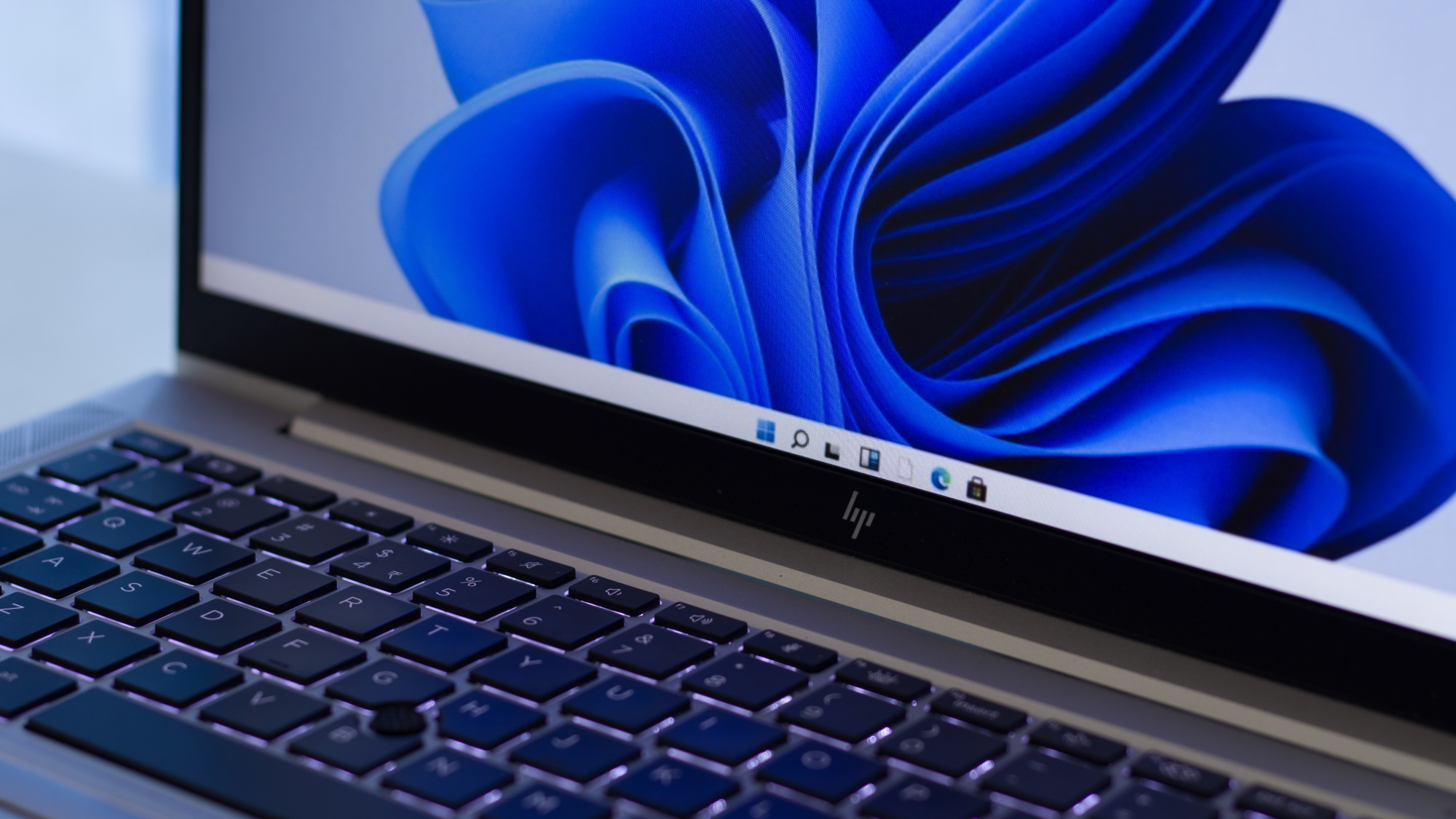Windows 11 could soon deliver updates that don’t need a reboot
Cumulative updates might not require a reboot later this year (with caveats)

Windows 11 could soon run updates without rebooting, if the rumor mill is right – and there’s already evidence this is the path Microsoft is taking in a preview build.
This comes from a regular source of Microsoft-related leaks, namely Zac Bowden of Windows Central, who first of all spotted that Windows 11 preview build 26058 (in the Canary and Dev channels) was recently updated with an interesting change.
Microsoft is pushing out updates to testers that do nothing and are merely “designed to test our servicing pipeline for Windows 11, version 24H2.” The the key part is we’re informed that those who have VBS (Virtualization Based Security) turned on “may not experience a restart upon installing the update.”
Running an update without requiring a reboot is known as “hot patching” and this method of delivery – which is obviously far more convenient for the user – could be realized in the next major update for Windows 11 later this year (24H2), Bowden asserts.
The leaker has tapped sources for further details, and observes that we’re talking about hot patching for the monthly cumulative updates for Windows 11 here. So the bigger upgrades (the likes of 24H2) wouldn’t be hot-patched in, as clearly there’s too much work going on under the hood for that to happen.
Indeed, not every cumulative update would be applied without a reboot, Bowden further explains. This is because hot patching uses a baseline update, one that can be patched on top of, but that baseline model needs to be refreshed every few months.
Add seasoning with all this info, naturally, but it looks like Microsoft is up to something here based on the testing going on, which specifically mentions 24H2, as well.
Get daily insight, inspiration and deals in your inbox
Sign up for breaking news, reviews, opinion, top tech deals, and more.
Analysis: How would this work exactly?
What does this mean for the future of Windows 11? Well, possibly nothing. After all, this is mostly chatter from the grapevine, and what’s apparently happening in early testing could simply be abandoned if it doesn’t work out.
However, hot patching is something that is already employed with Windows Server, and the Xbox console as well, so it makes sense that Microsoft would want to use the tech to benefit Windows 11 users. It’s certainly a very convenient touch, though as noted, not every cumulative update would be hot-patched.
Bowden believes the likely scenario would be quarterly cumulative updates that need a reboot, followed by hot patches in between. In other words, we’d get a reboot-laden update in January, say, followed by two hot-patched cumulative updates in February and March that could be completed quickly with no reboot needed. Then, April’s cumulative update would need a reboot, but May and June wouldn’t, and so on.
As mentioned, annual updates certainly wouldn’t be hot-patched, and neither would out-of-band security fixes for example (as the reboot-less updates rely on that baseline patch, and such a fix wouldn’t be based on that, of course).
This would be a pretty cool feature for Windows 11 users, because dropping the need to reboot – to be forced to restart in some cases – is obviously a major benefit. Is it enough to tempt upgrades from Windows 10? Well, maybe not, but it is another boon to add to the pile for those holding out on Microsoft’s older operating system. (Assuming they can upgrade to Windows 11 at all, of course, which is a stumbling block for some due to PC requirements like TPM).
You might also like...
Darren is a freelancer writing news and features for TechRadar (and occasionally T3) across a broad range of computing topics including CPUs, GPUs, various other hardware, VPNs, antivirus and more. He has written about tech for the best part of three decades, and writes books in his spare time (his debut novel - 'I Know What You Did Last Supper' - was published by Hachette UK in 2013).